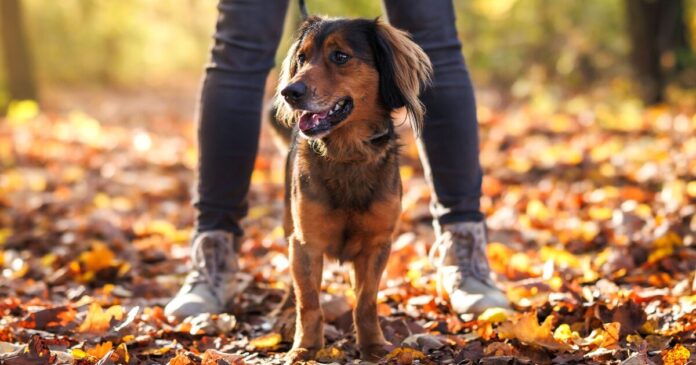
Dog owners are being warned to remain vigilant this autumn regarding the fall of conkers from horse chesnut trees, which are often found across the UK‘s green spaces. Littering walkways during the lead-up to winter, conkers can cause serious sickness in our furry friends if eaten or chewed.
Newbury’s Dogs Trust has provided advice on what to do if your beloved dog falls ill. Surgeon and manager at the Trust, Victoria Phillips, stated: “It is vital that dog owners understand that conkers and acorns can be toxic to dogs and, in some cases, even deadly. Bigger dogs might swallow them and smaller pooches might give them a chew, both of which can have some nasty side effects”.
Producing restlessness, stomach pain, vomiting, diarrhoea, swelling around the eyes and mouth, and even collapse, conkers and acorns can be a cause of choking — and block your pet’s gut if consumed. Vet Phillips advised dog parents to adopt leads when walking “where there are lots of conkers on the floor, and keep your eyes peeled for your pooch playing with them,” reports the Reading Chronicle.
The Dogs Trust instructs worried owners to contact a vet immediately if there’s a chance of an acorn or conker being chewed or swallowed. Zesty Paws’ Veterinary Nutritionist and Global Science Manager Carlota Carvajal further explained that this health risk was due to acorns’ high levels of “tannin, which can cause gastrointestinal upset and abdominal pain,” writes Country Living.
Carvajal added: “In more serious cases, tannin toxicity can lead to kidney damage and liver dysfunction. The hard shells also present choking hazards and potential intestinal blockages, particularly concerning for smaller breeds”. The nutritionist stated that “it is important to take even more care when taking your dogs out for a walk”.
2025 is predicted to see a rise in acorns, appearing to be a ‘mast year’. This increased canine risk is thought to be a result of the the warm and dry spring earlier this year. Carvajal concluded: “If you spot any [conkers or acorns], pick them up to prevent your dog from getting to them, or redirect their attention with nutritious chews, treats, or toys”.






















